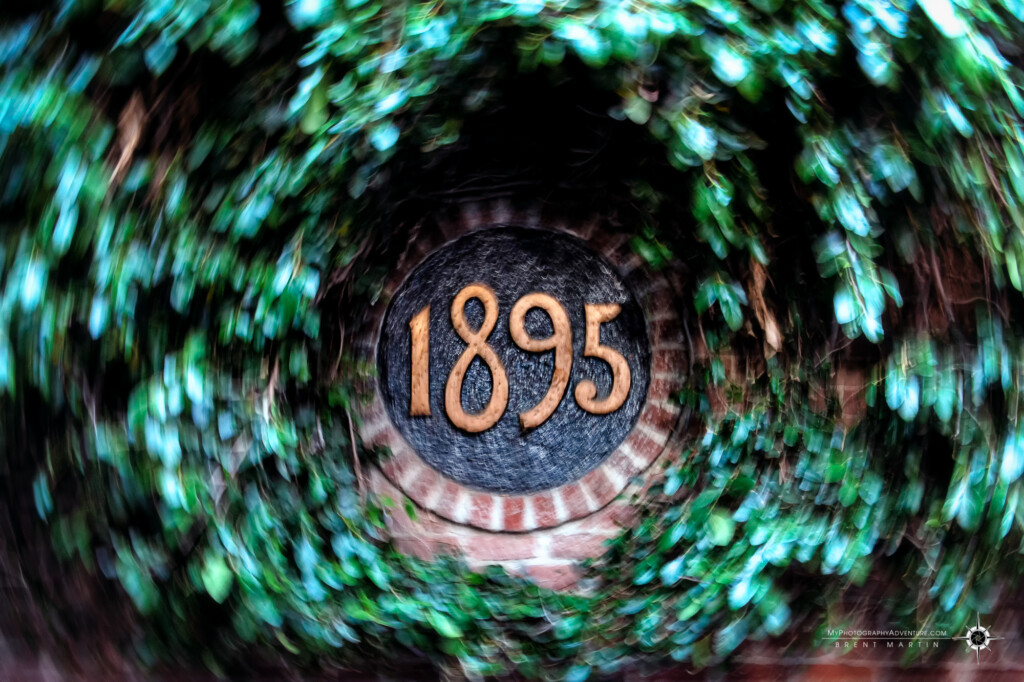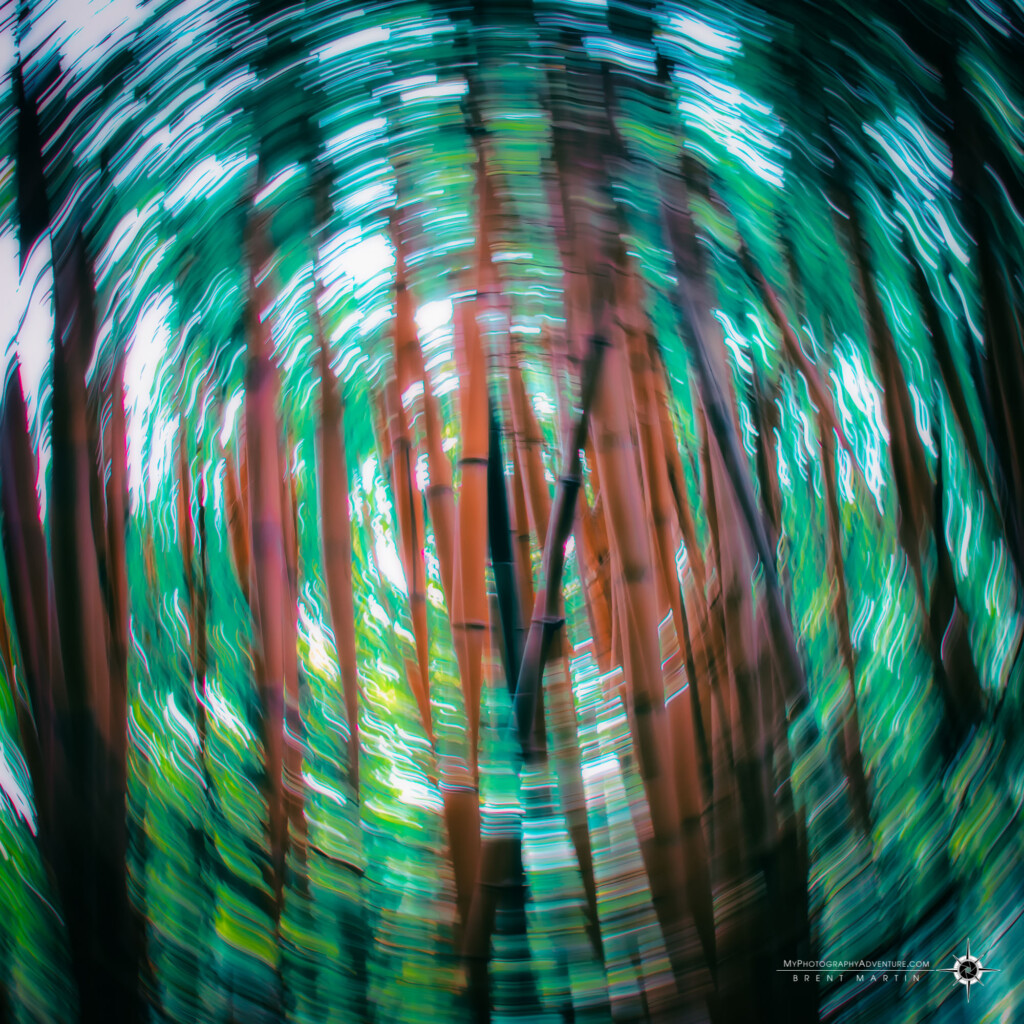
Rotational Blurs – ICM
Intentional Camera Movement
Rotational blurs are another of the basic styles of Intentional Camera Movement (ICM). ICM is a style of photography that works with unsharp images. In this style, the details in an image do not need to be sharp and clear to have a quality image. Think of Intentional Camera Movement as one type of artistic photography, where the blurry artistic effects are all done in camera.
Although the concept is simple, getting the hang of it for quality rotational blurs can be a little more challenging. At least for me it has consistently been more challenging than panning blurs or zoom blurs. One of my friends makes it look effortless, and captures truly amazing rotational blurs, so be sure to try this ICM style too.
Rotational Blurs Basics
As the rotational blurs name implies, you are going to rotate your camera. Think of pointing your camera at the subject, imagine your lens is pressed flat against a wall in front of you, and rotate the camera body in front of you. You can rotate clockwise or counter-clockwise, whichever is most comfortable. The effect will be the same. I find that even small movements can create a nice rotational blur. The key is still the balance between your shutter speed and the speed of your rotation. Even small rotations of 1/8th of a turn (45°) or less can make for wonderful rotational blurs, providing your shutter speed and rotation speed work together.
Similar to other blurs, starting with a shutter speed of 1/10th to 1/15th is a good initial setting. Remember that depending on your lighting conditions, you may need to make other adjustments to get your shutter speed that low. To lower your shutter speed, you can:
- Lower your ISO to slow how quickly your sensor absorbs light.
- Increase your aperture to reduce the amount of light entering.
- Raise your exposure bias to have a longer exposure.
Each of these adjustments will have a specific impact on exposure, so only make one change at a time until your shutter speed is in a good low range.
Time to rotate your camera
Although it seems like a simple concept, rotating your camera may not feel natural initially. There is more than one way to think about doing it to capture your rotational blurs. I tend to keep the viewfinder close to my eye as I would in ‘normal’ shooting. My friend who is amazing at rotational blurs, holds the camera away from the body, looking at the LCD. I have tried this method with little success.
I find the key to rotating your camera for successful rotational blurs, is to have a specific point of focus as you would in any other image. The goal, is to rotate your camera around that point. If you are able to rotate the camera smoothly around that point, you should end up with that point in your image being fairly sharp, while the rest of the image has a circular blur appearance.
Look at the image at the start of this article. You can see how the ‘1895’ is in fairly sharp focus, while the rest of the image shows the rotational blur. This is all done in camera.
Just like other ICM styles, you will want to have your camera set for continuous shooting. With the slow shutter speed, you will have a better chance of success if you capture 3-6 frames per rotation.
Take lots of images
Like the other ICM styles, rotational blurs take some practice. When getting started, you may need to take many frames to get a single good image. Plan to initially practice by taking at least 50 frames. Even when you have become successful at rotational blurs, you will find that it can take at least a few frames to get a good image. If I get a good rotational blur in 10-20 frames, I consider it a good day.
What makes a good rotational blur

Successful rotational blurs can depend on the scene. You usually need enough detail in a scene that when the camera is rotated, the detail is able to blur. I generally try to avoid a scene where there are either overly dark areas, and/or overly light areas. A consistently lit scene is a good starting point.
Rotational blurs can be challenging, but when you get a successful image, you will more than likely feel energized to keep trying to capture more and more. You will also learn what types of scenes make for successful images. Get out and have some fun capturing rotational blurs!
